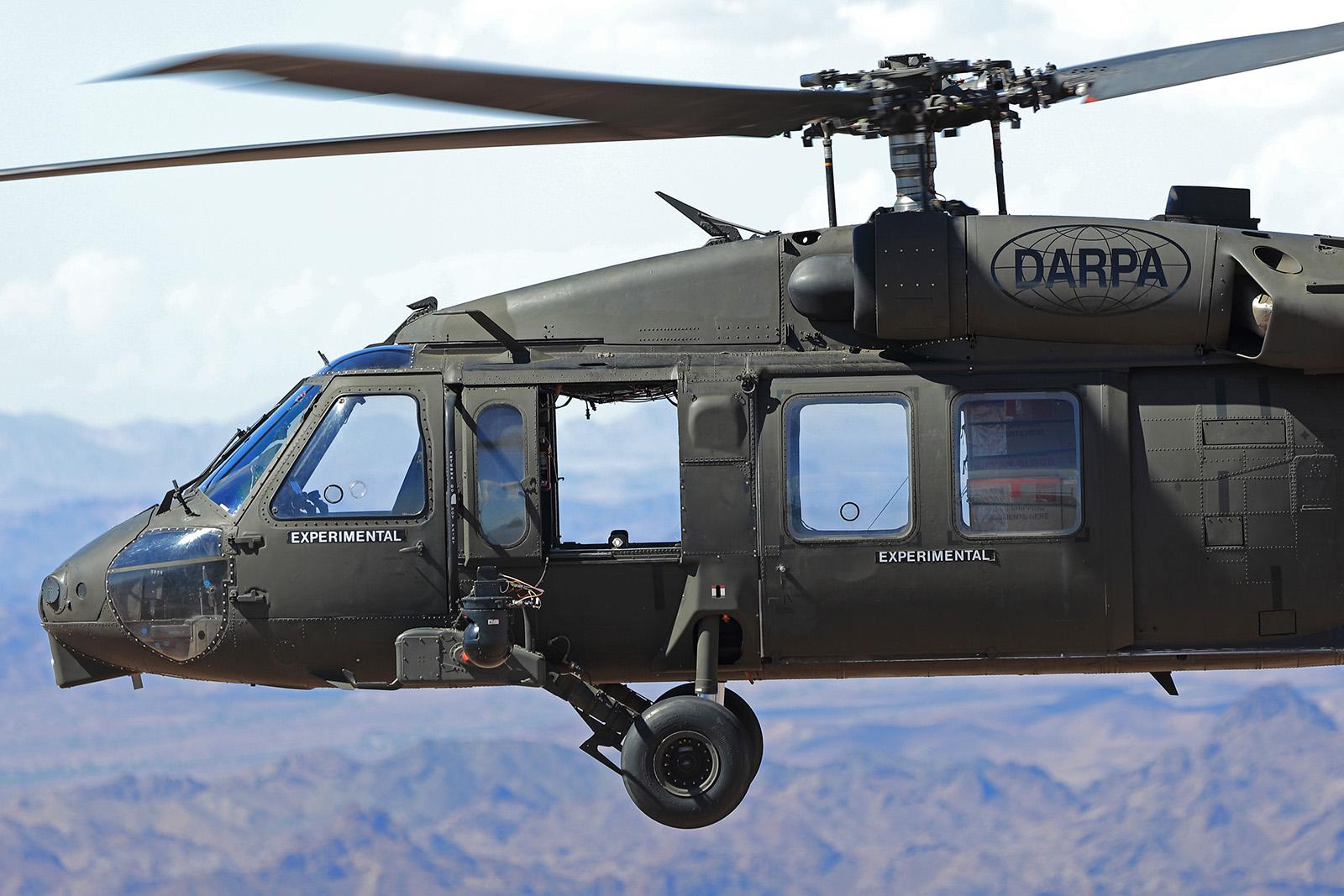
Sikorsky’s optionally piloted UH-60A Black Hawk has demonstrated completely uninhabited resupply capability.
Credit: Sikorsky
Sikorsky has been awarded a $6 million DARPA contract to install its Matrix autonomy system in a U.S. Army UH-60M Black Hawk helicopter used as a fly-by-wire testbed. The upgrade will enable the Army to evaluate autonomy capabilities for the UH-60 and potentially its planned replacement, the Future...
Subscription Required
DARPA Funds Sikorsky To Install Autonomy On U.S. Army UH-60M is published in Aerospace Daily & Defense Report, an Aviation Week Intelligence Network (AWIN) Market Briefing and is included with your AWIN membership.
Already a member of AWIN or subscribe to Aerospace Daily & Defense Report through your company? Login with your existing email and password.
Not a member? Learn how you can access the market intelligence and data you need to stay abreast of what's happening in the aerospace and defense community.





